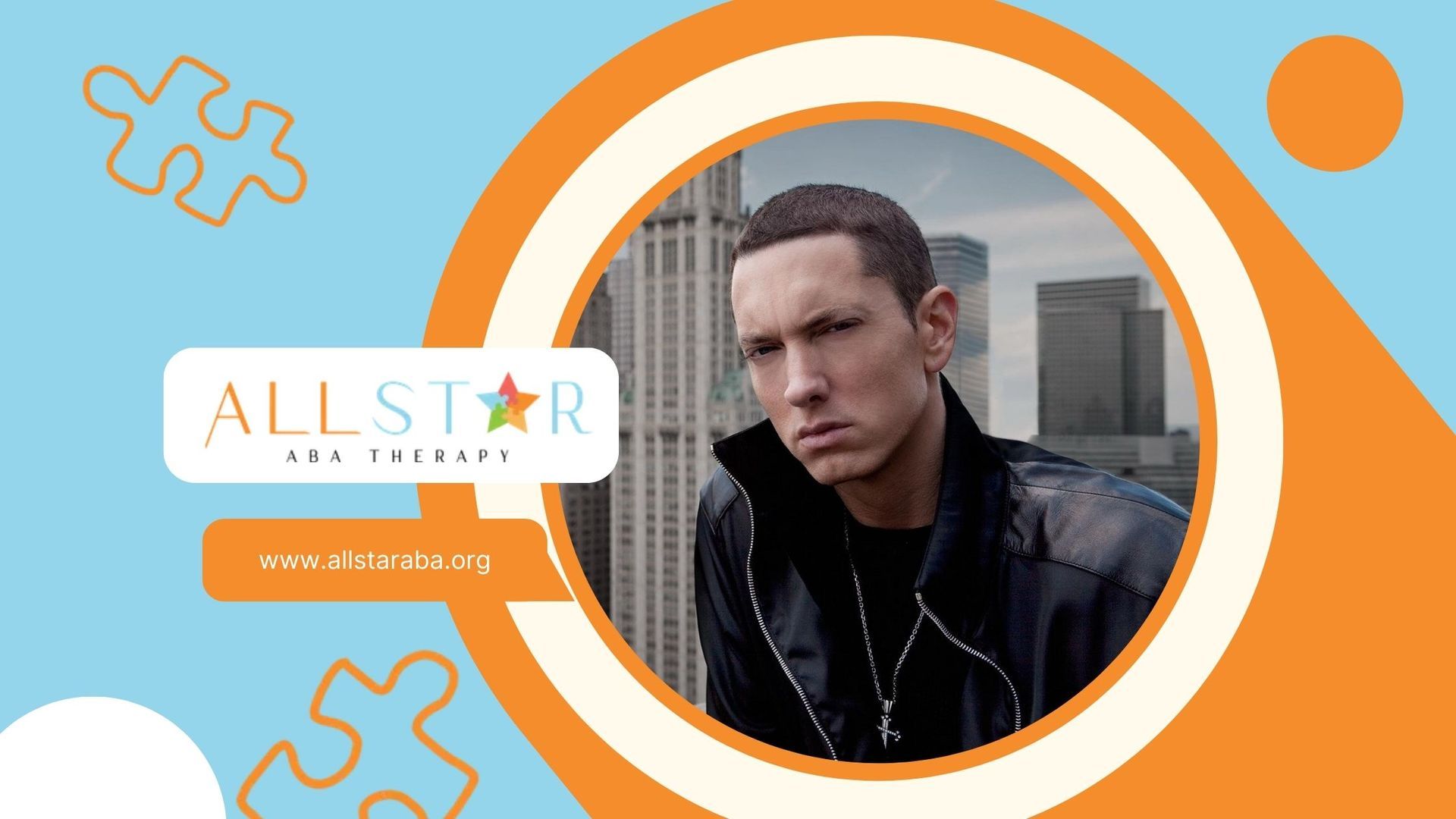New Paragraph
Is Dory Autistic? Exploring Autism in Movies
Disney Pixar’s "Finding Nemo" and its sequel "Finding Dory" have charmed audiences worldwide with their engaging stories and memorable characters. Among these characters, Dory, the forgetful yet lovable blue tang fish, stands out for her unique personality. Her distinctive behavior has sparked conversations and led many to ask: Is Dory autistic? This blog will explore how autism is presented in movies, using Dory as a case study.
Understanding Autism
Autism Spectrum Disorder (ASD) is a developmental disorder characterized by difficulties with social interaction, communication challenges, and a tendency to engage in repetitive behaviors. Autism is a spectrum, meaning it affects individuals differently and to varying degrees. Understanding these nuances is crucial in appreciating how autism is depicted in media.
Autism in Popular Culture
Movies and television have a significant influence on public perception of various conditions, including autism. Characters on the spectrum can help raise awareness and foster a greater understanding of autism. However, they can also perpetuate stereotypes and misunderstandings if not portrayed accurately. Let's examine Dory's character in this context.
Dory's Traits and Behaviors
Dory is known for her short-term memory loss, a condition that impacts her ability to retain information for more than a few moments. While this is not a direct trait of autism, some of Dory's behaviors can be seen as aligning with characteristics found in individuals on the spectrum:
- Social Interaction: Dory exhibits difficulty in picking up on social cues and norms. She is overly friendly and sometimes inappropriate in social contexts, which can be seen in her interactions with other characters.
- Communication: Dory has a unique way of communicating. She often repeats phrases and can misunderstand the context of conversations. This repetitive behavior is common in some individuals with autism.
- Focus and Hyperfixation: Despite her memory challenges, Dory shows intense focus and determination when she sets her mind on a task. This hyperfixation is a trait often associated with autism.
- Sensory Sensitivities: While not explicitly shown in the movies, Dory's reactions to certain situations suggest she might have sensory sensitivities, a common trait among autistic individuals.
- Perseverance and Resilience: Dory demonstrates remarkable perseverance and resilience, often pushing through challenges with an optimistic attitude. This trait can be seen as a parallel to the determination many individuals with autism exhibit when faced with obstacles.
- Literal Thinking: Dory often takes things literally, which can lead to humorous misunderstandings. This literal interpretation of language is a common trait among some individuals on the autism spectrum, who may struggle with abstract concepts or figurative speech.
- Routine and Structure: While Dory's memory loss complicates her ability to adhere to routines, she thrives when given structure. The moments when she remembers something important are often tied to repetitive phrases or actions, indicating a reliance on familiar patterns.
- Empathy and Emotional Expression: Despite her challenges, Dory shows deep empathy and strong emotional connections with others. She may not always express her feelings in conventional ways, but her loyalty and care for her friends are evident, highlighting the diverse ways individuals with autism can experience and show emotions.
Representation Matters
The portrayal of characters like Dory in popular media is important. Positive and accurate representations can help demystify autism and promote inclusivity. However, it's essential to acknowledge that Dory's character, while relatable to some, does not represent the entire autism spectrum. Each individual with autism is unique, and their experiences can vary widely.
The Impact of Representation
Accurate and empathetic portrayals of autism can lead to greater understanding and acceptance in society. They can also provide role models for individuals with autism and their families. However, misrepresentations or overly stereotypical portrayals can reinforce harmful myths and lead to stigmatization.
Challenges of Portraying Autism
Creating authentic representations of autism in movies and television is challenging. Filmmakers must balance entertainment with responsibility, ensuring they do not oversimplify or exaggerate traits for dramatic effect. Collaboration with autism experts and individuals on the spectrum is crucial in achieving this balance.
The Role of Filmmakers and Writers
Filmmakers and writers have a responsibility to portray autism thoughtfully and accurately. They should aim to:
- Consult with a Diverse Range of Experts: Beyond autism specialists, filmmakers and writers should engage with a diverse group of individuals on the spectrum. This approach ensures that the representation is not only clinically accurate but also resonates with the lived experiences of those with autism.
- Portray Authentic Daily Experiences: Highlighting the everyday lives of characters with autism can provide a more rounded and realistic depiction. This includes their strengths, challenges, relationships, and routines, painting a fuller picture of their experiences.
- Highlight Positive Contributions: Characters with autism should be shown as valuable contributors to their communities. Emphasizing their talents, skills, and positive impacts can help counteract stereotypes and foster a more inclusive view of autism.
- Show Growth and Development: It's important to depict characters with autism as capable of growth and development. Their journeys should reflect the potential for learning, adaptation, and personal achievement, offering a hopeful and empowering narrative.
- Avoid Overemphasis on Stereotypical Traits: While some traits are commonly associated with autism, not all individuals will exhibit them. Filmmakers and writers should avoid focusing solely on these traits, instead showcasing the wide variety of characteristics and behaviors found within the autism spectrum.
- Foster Empathy and Understanding: Storylines should be crafted to foster empathy and understanding in the audience. By presenting characters with depth and humanity, viewers can develop a greater appreciation for the experiences of those with autism.
- Use Language Thoughtfully: The language used to describe characters with autism should be respectful and person-centered. Terms should be chosen carefully to avoid perpetuating stigma or misunderstanding.
- Incorporate Feedback and Iteration: Filmmakers and writers should be open to feedback from the autism community and willing to iterate on their portrayals. This ongoing dialogue can help refine and improve representations over time.
Moving Forward
As the conversation around autism and its portrayal in media continues to evolve, there is hope for more nuanced and authentic representations. This progress can help foster a more inclusive society where individuals with autism are understood and valued for their unique perspectives and abilities.
Conclusion
Dory's character in "Finding Nemo" and "Finding Dory" offers an opportunity to reflect on how autism is depicted in popular media. While she exhibits some traits that may be relatable to individuals on the spectrum, it's essential to remember that autism is a diverse and complex condition. Accurate and empathetic portrayals in movies and television can play a significant role in shaping public perception and promoting acceptance.
At
All Star ABA, we understand the importance of these representations and strive to support individuals with autism through evidence-based practices and compassionate care. Our goal is to help each individual reach their full potential and thrive in a world that increasingly recognizes and celebrates neurodiversity.
Need Support?
We're Here to Help!
Our experienced team is ready to assist you. Reach out today to discuss how we can support your child's development and well-being.
Get started with expert ABA therapy today.
Related posts

All Star ABA delivers the gold standard of care, Applied Behavioral Analysis (ABA) therapy, for individuals diagnosed with ASD, from infancy to age 21.
Quick Links
All Rights Reserved | All Star ABA







